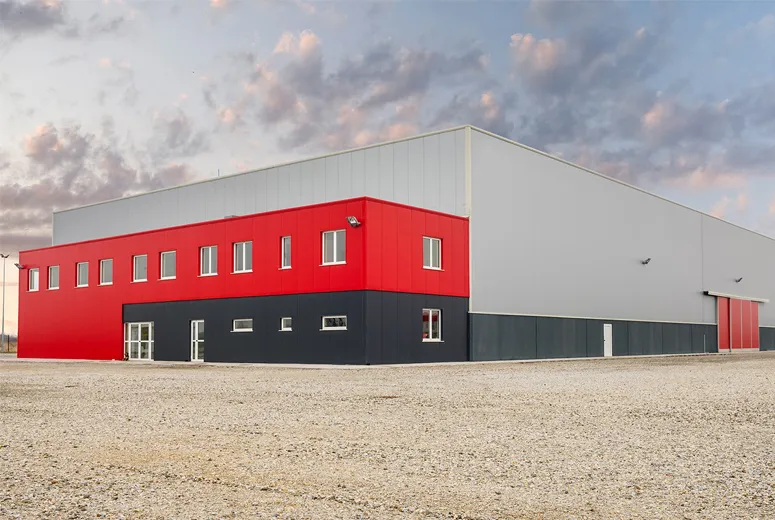- Afrikaans
- Albanian
- Amharic
- Arabic
- Armenian
- Azerbaijani
- Basque
- Belarusian
- Bengali
- Bosnian
- Bulgarian
- Catalan
- Cebuano
- Corsican
- Croatian
- Czech
- Danish
- Dutch
- English
- Esperanto
- Estonian
- Finnish
- French
- Frisian
- Galician
- Georgian
- German
- Greek
- Gujarati
- Haitian Creole
- hausa
- hawaiian
- Hebrew
- Hindi
- Miao
- Hungarian
- Icelandic
- igbo
- Indonesian
- irish
- Italian
- Japanese
- Javanese
- Kannada
- kazakh
- Khmer
- Rwandese
- Korean
- Kurdish
- Kyrgyz
- Lao
- Latin
- Latvian
- Lithuanian
- Luxembourgish
- Macedonian
- Malgashi
- Malay
- Malayalam
- Maltese
- Maori
- Marathi
- Mongolian
- Myanmar
- Nepali
- Norwegian
- Norwegian
- Occitan
- Pashto
- Persian
- Polish
- Portuguese
- Punjabi
- Romanian
- Russian
- Samoan
- Scottish Gaelic
- Serbian
- Sesotho
- Shona
- Sindhi
- Sinhala
- Slovak
- Slovenian
- Somali
- Spanish
- Sundanese
- Swahili
- Swedish
- Tagalog
- Tajik
- Tamil
- Tatar
- Telugu
- Thai
- Turkish
- Turkmen
- Ukrainian
- Urdu
- Uighur
- Uzbek
- Vietnamese
- Welsh
- Bantu
- Yiddish
- Yoruba
- Zulu
Říj . 18, 2024 12:19 Back to list
Understanding Pre-Engineering Building Costs
In the construction industry, the concept of pre-engineered buildings (PEBs) has gained significant traction over the years due to their efficiency and cost-effectiveness. Pre-engineered buildings are factory-manufactured structures that are assembled on-site, offering a host of advantages over traditional building methods. However, understanding the costs associated with these buildings is crucial for project managers, architects, and investors. This article delves into the factors that contribute to pre-engineering building costs and how they can impact the overall budget of a construction project.
What Are Pre-Engineered Buildings?
Pre-engineered buildings are constructed from steel or metal components that are fabricated off-site in a controlled environment. This process includes cutting, welding, and assembling the various parts, which are then shipped to the construction site for assembly. The use of advanced technology and automation in the fabrication process reduces lead times and ensures high-quality components. Common applications for PEBs include warehouses, factories, and commercial complexes.
Cost Factors Influencing Pre-Engineering Building Costs
1. Material Costs The primary component of PEBs is steel, which accounts for a significant portion of the overall budget. Fluctuations in the price of steel due to market demand, tariffs, and economic conditions can greatly impact the cost of pre-engineered buildings. As such, accurate market analysis is necessary to estimate material costs effectively.
2. Design and Engineering The design phase of a pre-engineered building can significantly influence its cost. While PEBs are known for their flexibility in design, complex specifications or customization can lead to increased engineering costs. A well-optimized design can mitigate these expenses by ensuring that the building meets functional requirements without unnecessary embellishments.
pre engineering building cost

3. Labor Costs While pre-engineered buildings typically require less labor for assembly compared to traditional buildings, labor costs can still vary based on geographical location, the complexity of the project, and union versus non-union labor. Additionally, skilled labor may be necessary for specific aspects of the assembly process, further affecting labor costs.
4. Transportation and Logistics Since PEB components are prefabricated off-site, transportation costs must also be considered. The distance between the manufacturing facility and the construction site can significantly impact overall expenses, especially if specialized transportation is needed for large or heavy components.
5. Site Preparation The site on which the pre-engineered building is to be erected can also influence costs. Factors such as land clearing, grading, and foundation construction need to be factored into the budget. In some cases, unforeseen site conditions, such as the need for environmental remediation, can lead to substantial cost increases.
6. Permitting and Regulatory Compliance Depending on the location and intended use of the building, various permits and regulatory compliance measures may be necessary. The associated costs and time delays from these procedures should be anticipated and included in the overall budget.
7. Long-Term Costs While the initial costs of pre-engineered buildings can be lower than traditional structures, long-term costs must also be considered. These might include maintenance, energy efficiency, and the potential for future expansions. Energy-efficient materials and designs can lead to reduced operational costs, making them an attractive option for long-term investment.
Conclusion
Understanding the costs associated with pre-engineered buildings is vital for making informed decisions in project planning and budgeting. By considering the various factors influencing these costs, stakeholders can better align their financial strategies with the realities of the construction sector. As the demand for cost-effective and efficient building solutions continues to grow, pre-engineered buildings are likely to play an increasingly prominent role in the landscape of modern construction, offering a balance of affordability and quality. For those embarking on construction projects, a comprehensive understanding of pre-engineering building costs can ultimately lead to more successful outcomes and investments.
-
Cold Formed Steel Residential Framing
NewsMay.21,2025
-
Innovative Steel Structure Building Solutions
NewsMay.19,2025
-
Innovative Prefab Metal Shed Solutions
NewsMay.19,2025
-
Durable Steel Horse Shelter Solutions
NewsMay.19,2025
-
Durable Metal Shed Solutions
NewsMay.19,2025
-
Durable Big Metal Shed Solutions
NewsMay.19,2025
Products categories
Our Latest News
We have a professional design team and an excellent production and construction team.












